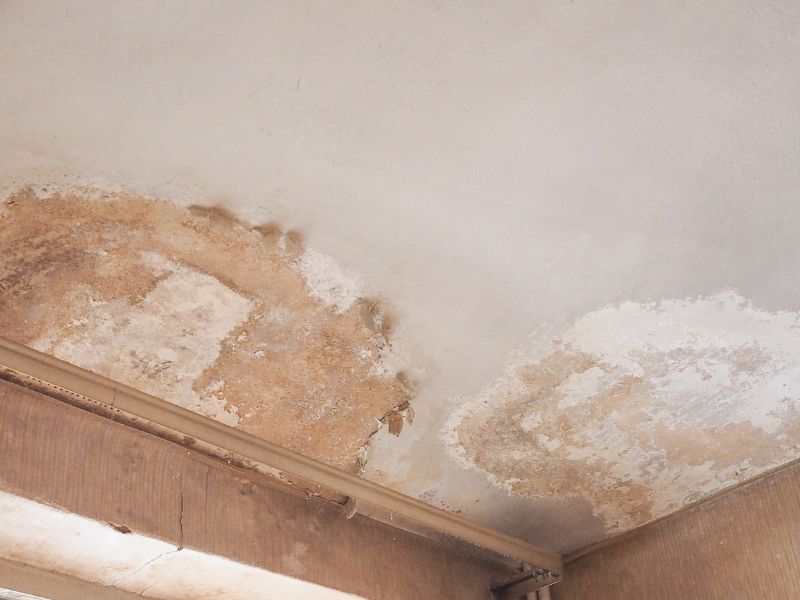
29 Aug Tips to combat condensation in the home
Condensation is a common problem in many homes, especially during the colder months. Occurs when hot, moist air comes into contact with cold surfaces such as windows, walls or ceilings, causing water droplets to accumulate. If not controlled, condensation can cause moisture, mold and deterioration in the structure of the home.
From our position as a professional company, we at Humilogic know that many people are concerned about the appearance of condensation in their homes. So, in today’s article we want to offer our readers some practical tips on how to combat condensation and keep your home dry and healthy.
Contenidos
Tips to combat condensation in the home
We know that fighting condensation in a home can be complicated, so below we show you practical tips so you never have to see it on your walls.
Improves ventilation
One of the main causes of condensation is lack of adequate ventilation. When air is not circulating properly, moisture tends to accumulate inside the house. To combat this problem, it is essential to improve ventilation in all rooms, especially those where more moisture is generated, such as the kitchen and bathroom.
Open windows regularly, use air extractors in the kitchen and bathroom, and consider installing mechanical ventilation systems if the problem persists.
Controls indoor humidity
Humidity control is essential to prevent condensation. Using dehumidifiers is a great way to reduce excess moisture in the air, especially in areas where natural ventilation is limited.
It is also important to avoid activities that generate too much moisture without proper ventilation, such as drying clothes indoors, cooking without an extractor or taking long showers with doors and windows closed. Keeping the relative humidity in the home below 60% can help to significantly reduce the risk of condensation.
You must properly insulate your home
Good thermal insulation in walls, ceilings and floors helps keep indoor surfaces warm, reducing the chance of hot air condensing when coming into contact with cold surfaces. Double-glazed windows are particularly useful, as they not only improve insulation but also reduce the amount of condensation that forms in the glass.
Keep a constant temperature
Maintaining a constant temperature in the home is key to preventing condensation. Sudden changes in temperature can cause surfaces to cool quickly, which facilitates condensation formation. Use a thermostat to keep the temperature stable in all rooms, even those that are not used frequently. It is preferable to heat the whole house evenly at a moderate temperature, rather than heating only some areas at higher temperatures, which can aggravate the problem of condensation.
Identifies and repairs water leaks
Water leaks, both in pipes and on the roof, can contribute significantly to condensation problems. If you notice moisture stains, leaks or water build-up in unexpected areas, it is important to address the problem immediately.
Use anti-condensation paint to combat condensation
An additional solution to combat condensation is the use of anti-condensation paints in areas prone to moisture build-up, such as bathrooms and kitchens. These paints contain properties that help reduce condensation on painted surfaces by making water evaporate more quickly. They also often include ingredients that prevent mold formation, which provides an additional layer of protection against the negative effects of moisture.
If you want more information about the different services we can offer, do not hesitate to contact us.
